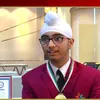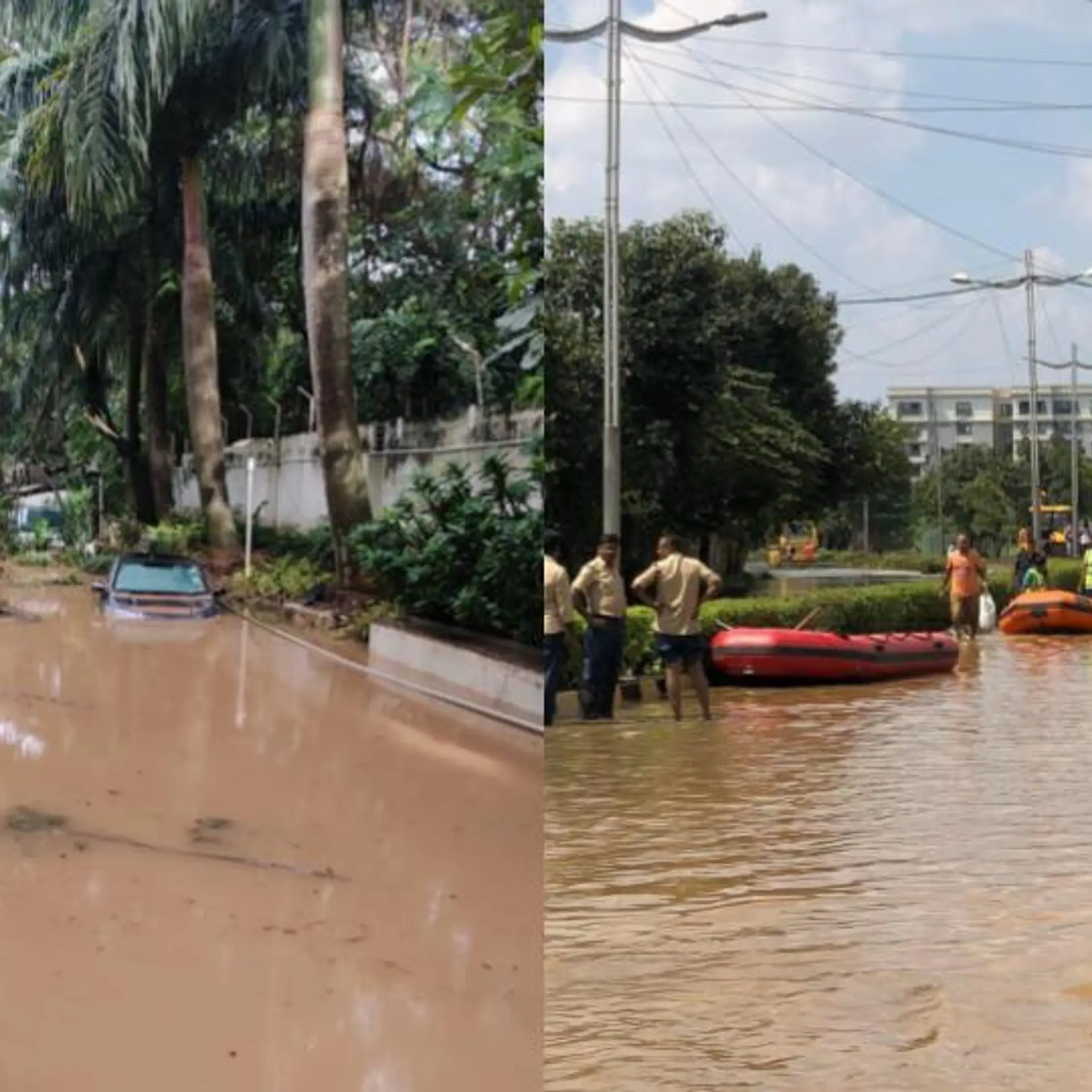Coronavirus: These Class 11 students' model uses ML and radiographic images for diagnosis
Sumeet Motwani and Siddharth Parekh, Class 11 students at Mumbai’s Dhirubhai Ambani International School, have built a machine learning model that can diagnose coronavirus-positive patients through X-rays and CT scans.
India continues to fight coronavirus through innovations. Many organisations are trying to come up with low-cost coronavirus test kits, which mainly involve swab and blood testing.
However, Class 11 students Sumeet Motwani and Siddharth Parekh from Mumbai’s Dhirubhai Ambani International School claim to have built a machine learning (ML) model that can diagnose coronavirus-positive patients through X-rays and CT scans.

Siddharth Parekh and Sumeet Motwani
Speaking to YourStory, Sumeet explained that some structural changes are observed in the lungs of a person who is coronavirus-positive. “Currently, the swab test is most widely used and has an accuracy rate of 80 percent. The test is expensive and implementing it free of cost throughout the country will be difficult,” he said.
“Siddharth and I have created a ML model, which can classify radiographic images of coronavirus-positive and negative patients, and has an accuracy of 90 percent,” Sumeet added.
How it works
“While the diagnosis is confirmed using polymerase chain reaction (PCR), infected patients with pneumonia can be spotted via chest X-ray and computed tomography (CT) images, a pattern that can be very difficult to be identified with the naked eye. Bilateral multiple lobular and sub-segmental areas of consolidation can be observed in coronavirus patients,” says Sumeet.
In simple terms, there is an accumulation of liquid in some parts of the lungs, which makes them slightly inflamed in patients infected with coronavirus.
When asked how one can use the technology, Sumeet said the images need to be uploaded in the ML model, and the results will be shown within seconds.
He said the duo began their work in this field after gathering information from the internet. Both of them based their work after studying a Lancet journal, which revealed how the chest X-ray of a coronavirus positive patient was different from others.
Sumeet claims to have tested the ML code on about 150 X-rays available on websites providing coronavirus related data sets. According to him, the code had a 90 percent accuracy rate in diagnosing coronavirus-positive patients.
The coronavirus war
Sumeet said the duo had presented their proposal to one official from Brihanmumbai Municipal Corporation (BMC), and would be presenting to a few more by next week. Sumeet declined to reveal details about the doctors, hospitals, and officials involved in the project.
“We will be starting our pilot in a few hospitals by next week and will be carrying out a supplementary test. If it works well, then our aim is to get it implemented at a wider scale by next month,” Sumeet said.
Speaking about the implementation, Sumeet said once the proposal gets regulatory approval, which might happen within the next two weeks, the duo will open source the idea for further development. He also said three startups had already approached them.
Sumeet added that using radiographic images for detecting coronavirus was not new as doctors from UK currently examine both CT scans as well as the swab test report of a patient for more accurate coronavirus diagnosis.
“The ML model rules out the human error aspect, which is possible when a doctor examines the test reports. Also, with the ML code, we can process about 3,000 images per hour, thereby reducing the time for the test results,” Sumeet said.
Edited by Javed Gaihlot








